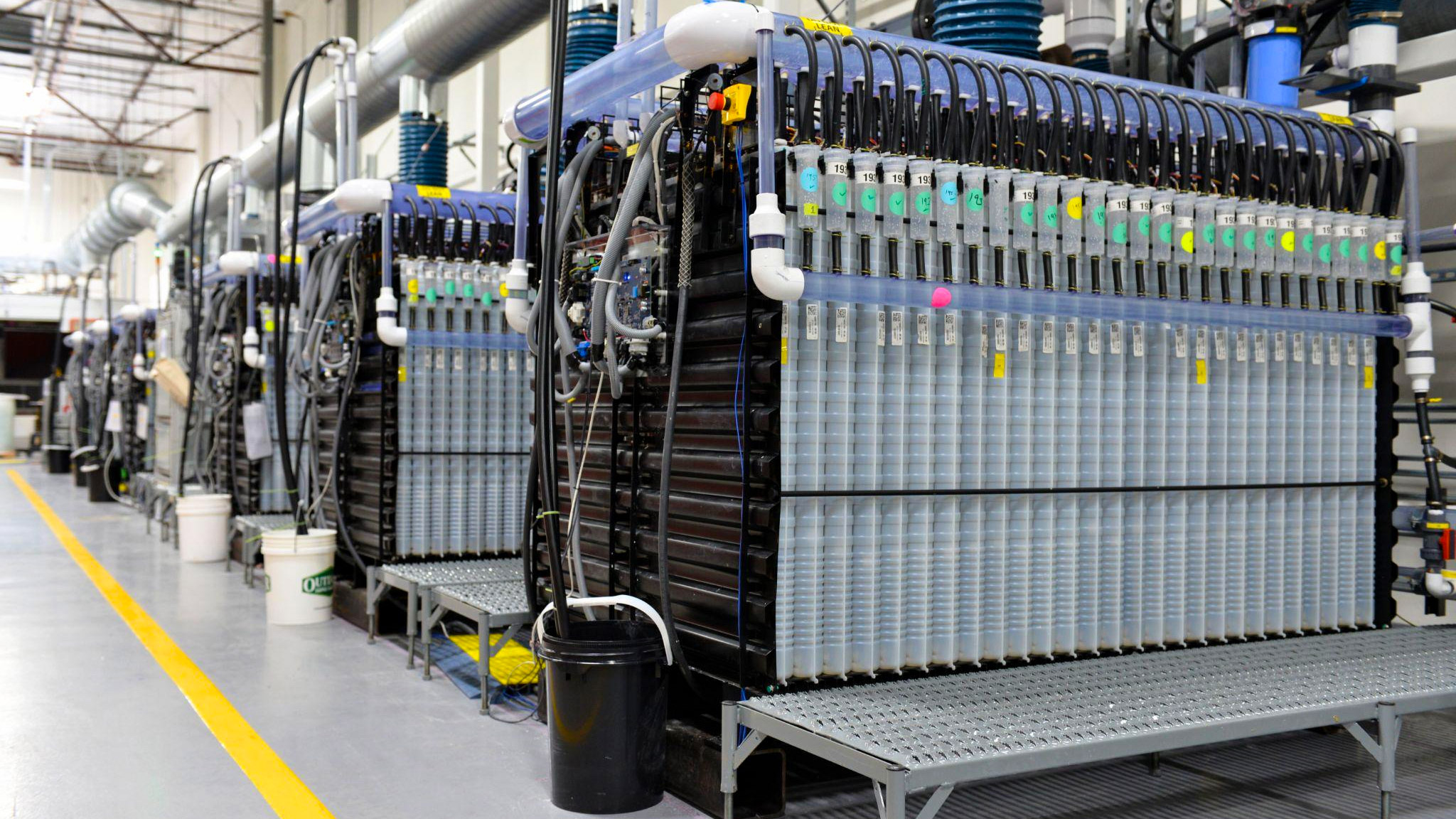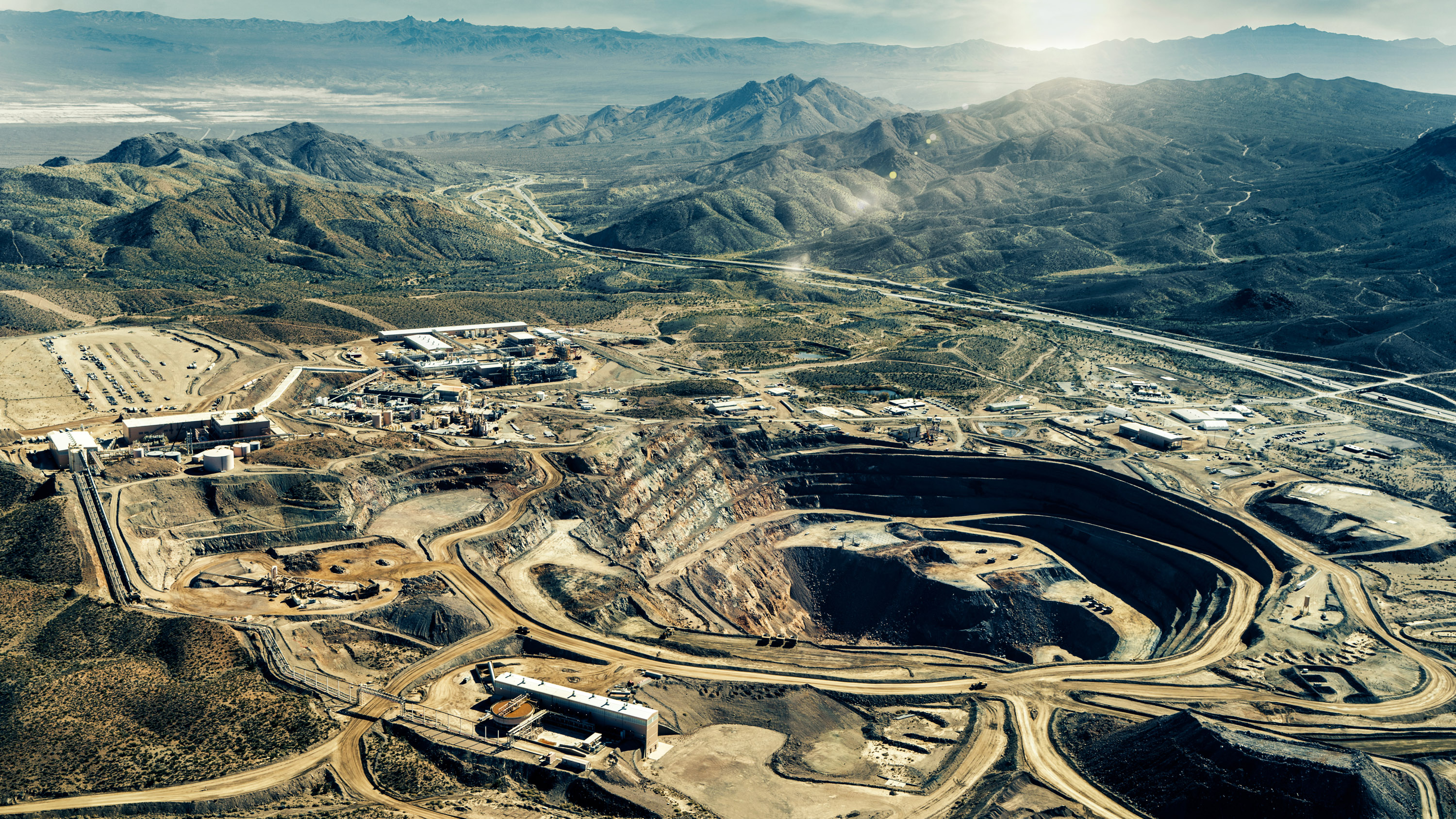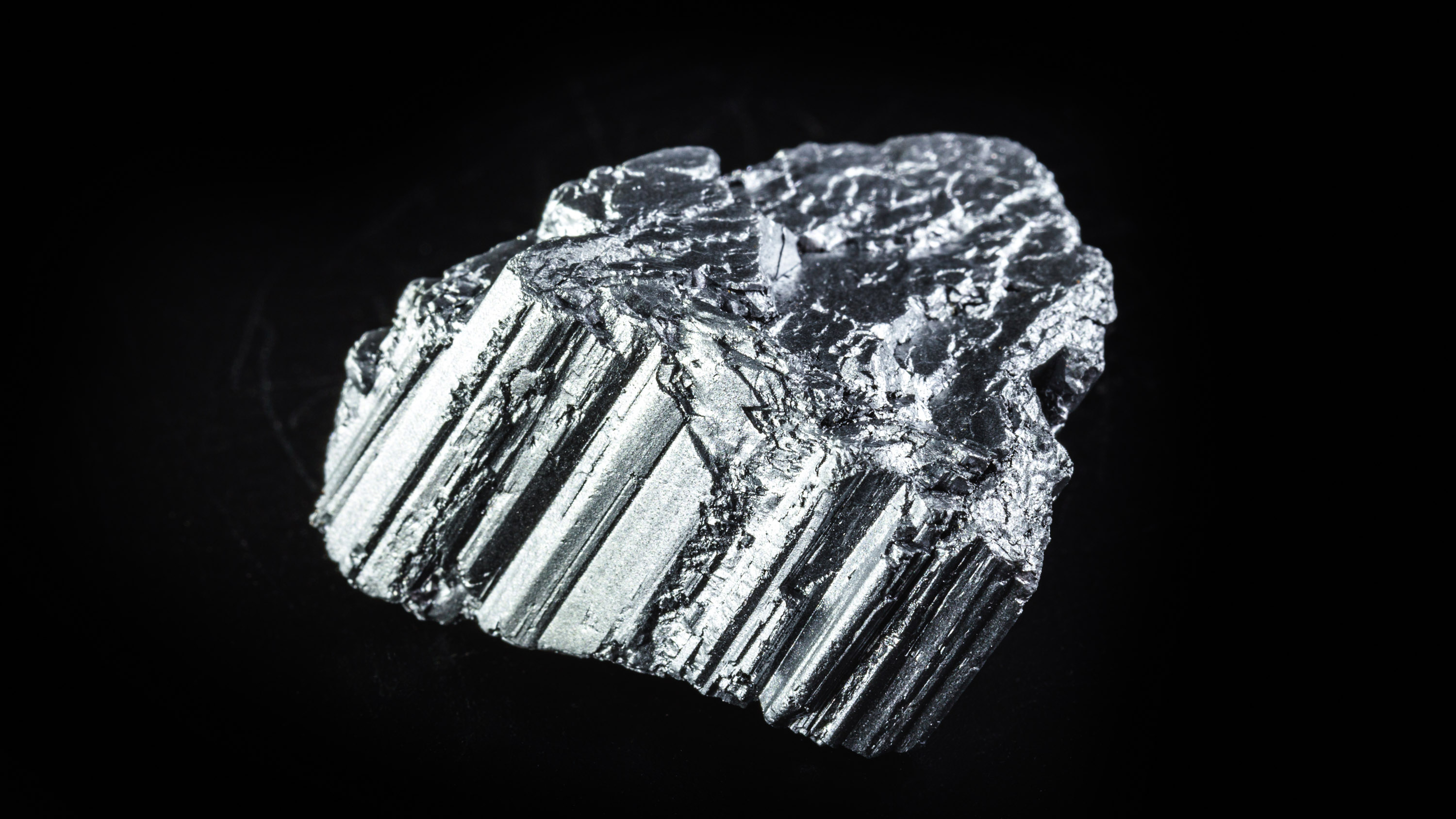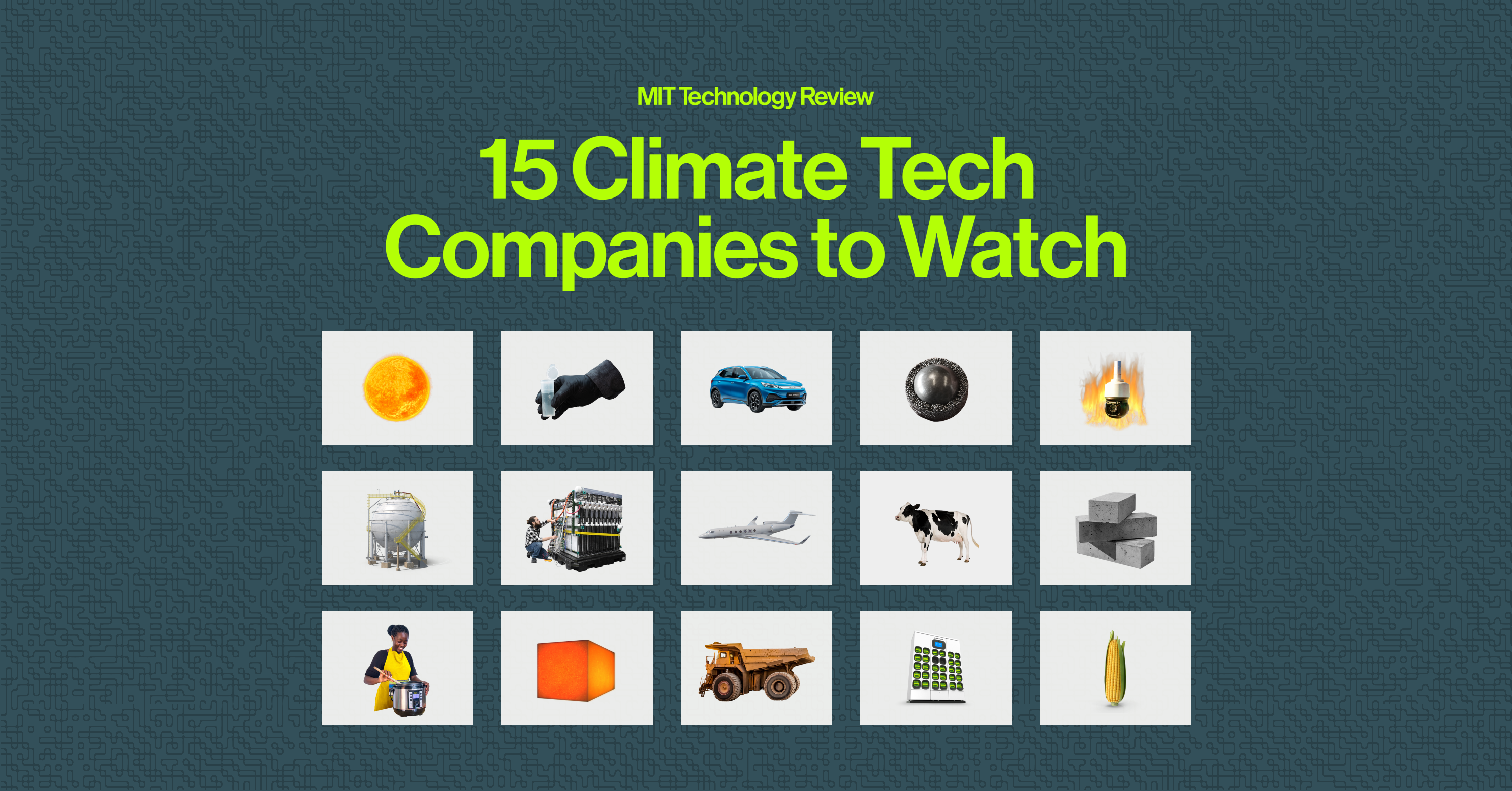2024 Climate Tech Companies to Watch: Form Energy and its iron batteries
Form ramps up production of its cheap batteries for long-term storage that aim to make renewable energy more viable.

Form Energy is out to make long-term storage of renewable energy, like solar and wind, commercially feasible with an innovative take on an old technology: iron-air batteries.
Form aims to produce iron-air batteries on a large scale and integrate them into our electric grid, to provide long-term storage for energy generated from renewable sources. Iron-air batteries work by taking advantage of the rusting process of iron. They aren’t a new technology, but they have yet to be commercialized.
When an iron-air battery discharges, iron metal combines with oxygen, forming iron oxide (rust) and releasing electrons. This flow of electrons provides energy in the form of electricity. On the flip side, when excess electricity is available—for example, from a wind turbine or a solar panel—that electricity drives the reverse chemical reaction, charging the battery. Rust is converted back into iron metal, releasing oxygen.
Key indicators
- Industry: Energy storage
- Founded: 2017
- Headquarters: Somerville, Massachusetts, USA
- Notable fact: Form has five founders, including MIT Professor Yet-Ming Chiang and Mateo Jaramillo, formerly of Tesla. It’s the result of two separate companies merging when the founders realized they had the same vision for long-term energy storage.
Potential for impact
Form has demonstrated that iron-air batteries can be built at one-tenth the cost of lithium-ion batteries, largely because the primary materials used to make them are cheap and abundant. That low cost could make it feasible for utilities to use the batteries for long-duration scenarios, storing energy for up to 100 hours.
Storage is a pivotal issue in the adoption of renewable energy. Consumers need to access energy at all times, and their usage fluctuates throughout the day. But renewable energy sources like solar produce energy only at certain times, like when the sun is out. Lithium-ion batteries—which dominate the battery market—aren’t a great solution since they are expensive, have less storage capacity, and may have a shorter lifespan than iron-air batteries.
Today, fossil fuels are often burned to compensate for gaps in production, exacerbating climate change. If enough iron-air batteries are storing energy for these moments, the grid could move away from fossil fuels.
Caveats
Form was featured on the 2023 edition of this list and has made steady progress: The company finished its new factory in West Virginia earlier this year, but it hasn’t started producing batteries to ship to customers just yet. Form is now running production trials at the factory. So although Form has significant orders from utility companies around the US, it has yet to fulfill any and deploy its batteries commercially.
The company plans to ship its first deliveries to customers later this year. Some industry experts doubt Form will be able to scale up and achieve the low costs it has touted because producing iron-air batteries at this level has never been done. Also, there isn’t a well-defined market for long-term storage yet, so it’s not yet clear whether Form’s model is economically sustainable.
Even if all goes according to plan, iron-air batteries will never fully replace lithium-ion (as Form acknowledges), because they are far less efficient. Efficiency is a measure of how much energy you get out of a battery for how much you put in. For example, if you put 100 units of charge into an iron-air battery, you get 50 to 70 points of charge back when you use it. A lithium-ion battery with the same input would release 90 to 95 points of charge.
Instead, the two types could be used side by side, with iron-air batteries providing longer-term, but less efficient, storage for times when renewables are generating more electricity than customers need.
Next steps
Form has raised $820 million and has grand ambitions. Its leaders consider it to be an electrochemical solutions company, with projects aimed at decarbonizing steel and iron production; however, the focus continues to be on iron-air batteries for now.
With its factory complete and production trials underway, Form has plans to build energy storage facilities in seven states, and in early August it announced its largest project to date: a massive, 85-megawatt battery operation in Maine, providing more storage than any other battery installation on Earth.
Explore the 2024 list of 15 Climate Tech Companies to Watch.
Deep Dive
Climate change and energy

This rare earth metal shows us the future of our planet’s resources
The story of neodymium reveals many of the challenges we’ll likely face across the supply chain in the coming century and beyond.

Andrew Ng’s new model lets you play around with solar geoengineering to see what would happen
The climate emulator invites you to explore the controversial climate intervention. I gave it a whirl.

Want to understand the future of technology? Take a look at this one obscure metal.
Here’s what neodymium can tell us about the next century of material demand.
Stay connected
Get the latest updates from
MIT Technology Review
Discover special offers, top stories, upcoming events, and more.
